
Skoda Octavia Estate (2013-2020) review
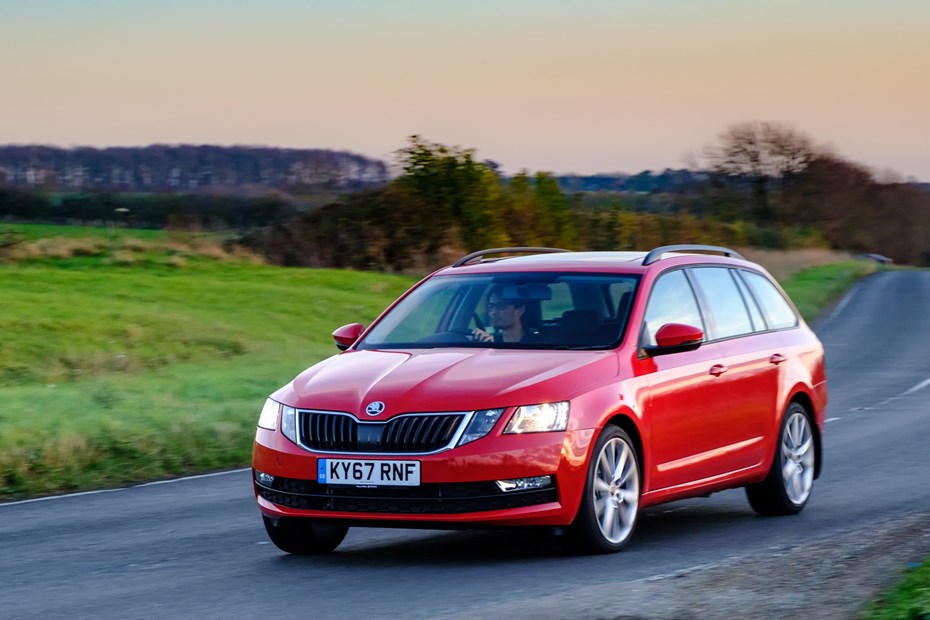
At a glance
| Price new | £17,330 - £32,745 |
|---|---|
| Used prices | £2,708 - £22,238 |
| Road tax cost | £20 - £215 |
| Insurance group | 12 - 29 |
Get an insurance quote with

|
|
| Fuel economy | 32.8 - 56.5 mpg |
| Range | 440 - 880 miles |
| Miles per pound | 4.8 - 7.5 |
| Number of doors | 5 |
| View full specs for a specific version | |
Available fuel types
Petrol
Diesel
Pros & cons
- Spacious and comfortable
- Excellent value
- 4x4 version available
- Not terribly exciting
- Early diesels are Euro 5
- Thirsty vRS
Skoda Octavia Estate (13-20) rivals
Overview
As a used car for families, the third generation Skoda Octavia Estate introduced in 2013 ticks so many boxes it’s genuinely hard to fault – practical, comfortable, spacious and easy to use. Although it’s based on the same foundations as the Volkswagen Golf and Audi A3, the Octavia Hatchback is longer and already usefully larger. However, for maximum flexibility, the Octavia Estate is impressive.
Unusually for an estate, the Skoda Octavia Mk3 is the same length regardless of bodystyle, yet it manages to use those compact dimensions very efficiently. The same age of VW Golf Estate is a similar length, yet it’s less spacious – the Skoda offers a maximum 1,740 litres of space compared with the Golf’s 1,620. The useful Research Institute for Disabled Drivers measurements also measure an impressive 2,060mm load length.
After seven years of success it was replaced, though the 2020 Skoda Octavia is more evolutionary than revolutionary. The timing of the new model and a global pandemic means the third generation was produced in far greater numbers and is much easier to find among the cars for sale in the UK, but the resulting demand keeps prices strong.
In addition to considering rivals that share the same foundations in the shape of the SEAT Leon ST and VW Golf Estate, it’s worth looking at a used Ford Focus Estate. It’s better to drive than the standard Octavia – but nothing matches the all-round balance of abilities the Skoda provides.
Skoda Octavia Estate Mk3 buying guide
Before shopping for a used 2013-20 Skoda Octavia Estate, check out current offers to lease a new Skoda Octavia. Later, low mileage used examples are relatively expensive due to demand, which combined with high interest rates on used car finance could make a new Octavia more cost-effective. This is equally applicable when weighing up older diesels, or high-mileage examples where items such as wheel bearings, exhausts, clutch and suspension are due for routine replacement.
In addition to ample luggage and passenger space, the third generation Octavia has a comprehensive selection of petrol and diesel engines, with the option of an automatic gearbox not just limited to the largest or most powerful variants. All-wheel drive can also be found on a wider range of engines than with rival cars, though you’re more likely to find 4x4 capability useful when combined with the Skoda Octavia Scout’s raised ground clearance.
Petrol or diesel Skoda Octavia Mk3?
Skoda did not get many Euro 6 options ahead of the deadline, As such, if you live or drive in the ULEZ boundary of London, or in the growing number of clean air zones in the UK and Europe, you will want either a petrol engine or a 2015-on diesel. That’s not quite the bad news for your wallet as you may fear – the Octavia’s economical across the range, and the petrol 1.5-litre TSI Evo is a particularly nice engine.
2.0-litre diesel is the way to go if you do a lot of miles. Not only is it effortless, it’s more reliable than the 1.6, and unstressed so it can be very economical. On the other hand, if you do lots of short trips don’t be afraid of the 1.0-litre petrol TSI model. It can feel a little underpowered when fully-laden, but is capable of remarkable economy with refined motorway progress.
Trim is a matter of taste. You’ll find plenty of SE L and SE Technology ex-lease and returned PCP finance cars, and they’re well-enough equipped that you’ll be happy. Upmarket trim and options are available – notably Elegance and Laurin + Klement; Skoda’s budget-brand position in the UK is history.
Skoda Octavia 2013-20 known faults and common problems
1. Diesel emissions systems – DPF, EGR and AdBlue
Before looking at a used Skoda Octavia diesel, there are some traits and weaknesses detailed below that are common to all modern engines designed to meet Euro 5 and 6 limits in particular. The first port of call is an on-board diagnostic reader, and the second is a glance over the online MOT history for any emissions advisories.
Some early Euro 5 Octavia diesels may be caught up in the wider fix for VW’s emissions cheat device (most should have been rectified) but on the whole the third generation Octavia’s diesel engines are robust and dependable.
- Modern diesel cars don’t like short distances, and slow runs will suffer blocked diesel particulate filters. Some owners ‘fix’ this by bypassing them (hollowing them out) which is an MOT failure.
- Later cars (look for SCR in the model name) feature AdBlue. which introduces more sensors, and an expensive tank and pump.
- On all diesels the exhaust gas recirculation valve (EGR) is a weak spot that can stick shut with carbon, or leak coolant into the engines.
- Failed DPF regeneration – either from short trips or faulty sensors – can dilute the oil with unburned diesel. This is more likely to affect cars on extended service intervals.
Diesel cars are still worth considering if you do a lot of long journeys – in which case we would choose an approved-used model with a good history, and then change the oil and oil filter more frequently than the Skoda recommended intervals.
2. 1.6-litre diesel – the weakest link?
Offering the lowest running costs on paper (many owners report that they’re less economical in real-world driving than the 2.0-litre), the 1.6 TDI CR and Greenline III also provide the cheapest Octavia road tax (VED) rates – they’re in band A, so free if registered before April 2017.
Common problems include with fuel injectors (loud clack/click noises, failing electrical components, excessive fuel return pressure – they’re very expensive to replace so a 1.6 diesel that sounds harsh and noisy with the bonnet open should be avoided), and premature failure of water pump. Look for receipts for cam belt changes at five year intervals (or 100,000 miles) including the water pump and tensioners.
3. 4x4 system – maintenance (including Octavia Scout)
The four-wheel drive option on the Octavia is offered on 1.6-litre and 2.0-litre diesels from SE to Elegance. If you want a petrol Octavia Estate with 4x4 you need the 190hp 2.0-litre, or a late-model Octavia Scout.
This is a Haldex system and has much in common with VW 4Motion or Audi Quattro – Skoda are very clear on the servicing requirements, however, with oil changes every 30,000 miles. Check the condition (and brand) of the tyres for uneven wear and the same brand and pattern of tyre all-round, and check the service history for those oil changes.
If the tyres are different brands front and rear it is unlikely to harm the 4x4 system, but one fully-worn and three brand new, or similar large variations in size can accelerate wear when all-wheel drive is in use. Faults in the system can be checked for with an on-board diagnostic reader before they become mechanical failure – so on a test drive, try changing driving mode to see if any warning messages pop up. Problems with the ABS system can also affect 4x4 operation.
4. Skoda vRS – performance models
There are three levels of high-performance Octavia Estate – a torquey 2.0-litre diesel with 4x4, and 220-230hp or 245hp petrol models. These are front-wheel drive, and offer Golf GTI-style performance with practicality. Either of the 230hp or 245hp versions is a very capable, yet quick family car, as our 2019 long-term test revealed.
Check tyres and wheels for signs of of scrubbing, kerbing and uneven wear, and listen for rattles from start up that may indicate the 2.0 TSI engine’s timing chain needs attention. The EA888 Gen 3 engine is less prone to problems than the earlier versions, but check for leaks around the water pump and thermostat, check the car doesn’t run hot on a test drive, and sniff for sweet-smelling antifreeze fumes.
On high mileage cars a proper VW diagnostic system can check timing chain stretch. A specialist inspection could save hundreds in unexpected repairs here.
5. 2.0-litre TDI (CR, SCR)
VW Group’s ubiquitous EA288 engine is offered producing 143-184hp in the Octavia Estate, with six-speed gearboxes either DSG or manual. Check for juddering on pulling away, particularly on hills, and vibration at speed which can indicate failure of the dual-mass flywheel. DSG gearboxes should have a fluid change every 40,000 miles or four years.
SCR models use AdBlue, which is tricky to fill and introduces an extra layer of complexity – but for the most part the 2.0-litre diesel Octavia Estate is a safe purchase. A cam belt change in the history is a good sign, but it has long intervals.
6. Pre or post facelift – technology
Small revisions were made to the Octavia every year, but for many drivers the biggest change is the infotainment system – particularly the audio aspects. Early models were adequate, but the quality of speakers and infotainment overall is much better on the facelift model introduced in 2017. Don’t pay over the odds for the Canton upgrade.
Facelift models also gain more sophisticated headlights – be sure to check all the gadgets are working including adaptive cruise and LED headlights, where fitted.
7. 1.0, 1.2 and 1.4 TSI – lifetime cam belt (EA211 engine)
Skoda changed from a timing chain with the second generation 1.2 and 1.4-litre Octavias to a timing belt intended to last the life of the car. Officially it should be inspected at 140,000 miles, but Skoda UK suggested replacement every 5 years. This is good advice – other wet-belt cars have demonstrated just how short ‘lifetime’ can be – but it seems the engines have been as reliable as intended.
Listen for whirring or howling noises, or soft rumbling that could be worn tensioners or bearings in the timing belt route. The previous generation of Octavia uses the EA111 engine – so if you have seen reports of Skoda problems with 1.2 or 1.4-litre engine and timing chains, don’t worry. The 2013-2020 Octavia Estate isn’t affected.
8. 1.5 Evo (ACT) – look for specialist maintenance
As with the 1.4-litre model, the 1.5-litre has a cam belt intended to last as long as the car. However, leaks from the camshaft and crank bearings, failing tensioners and guides, and neglected services or a failing waterpump adding drag can shorten its life. It should be checked at 140,000 miles, but if it does need replacement the 1.5-litre engine with cylinder deactivation requires a special alignment tool.
9. 1.8 TSI – rare and delicate
The 1.8-litre TSI did not sell in large numbers, but it’s a popular engine with aftermarket tuners – so there are plenty of options for aftermarket maps and more power. This would be fine, if there were options to upgrade the DSG gearbox to match – if you find a modified 1.8 TSI we would steer clear.
10. Ex-service cars
Police, paramedics, doctors and vets love the Skoda Octavia Scout. If you find one for a good price due to high mileage, it may be worth considering – particularly if you don’t plan on doing the same sort of mileage yourself. Most ex-police and emergency services vehicles work hard, but get maintained to a high standard so they can be relied on.
What’s the 2013-20 Skoda Octavia Estate like to live with?
Click through these pages to read everything you need to know about the 2013-2020 Skoda Octava Estate, including its practicality, how much it costs to run, what it’s like to live with long term – and whether we’d recommend buying a used Skoda Octavia Mk3 Estate.








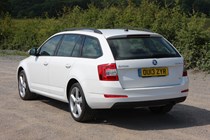
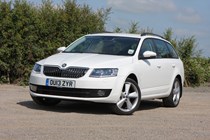



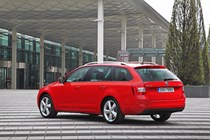





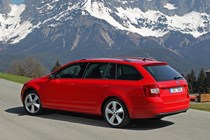


.jpg)
.jpg)
.jpg)
.jpg)
.jpg)
.jpg)
.jpg)






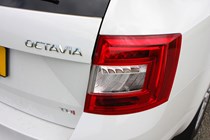

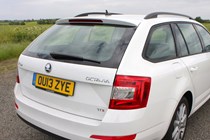
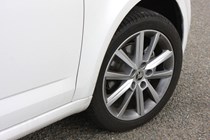
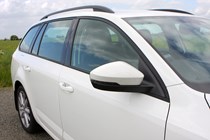
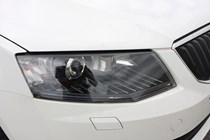

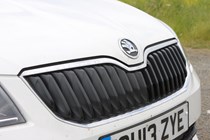


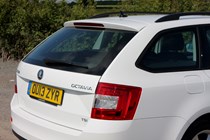
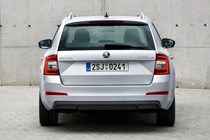
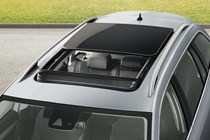
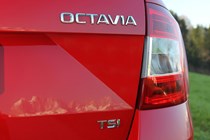
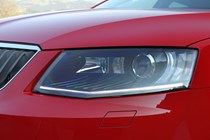

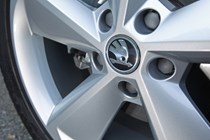

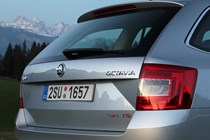
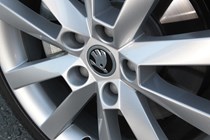
.jpg)
.jpg)
.jpg)
.jpg)
.jpg)
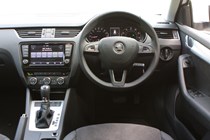
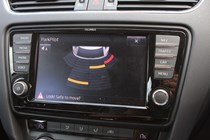
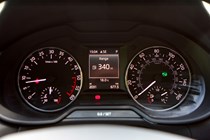
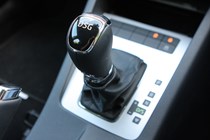
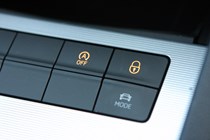
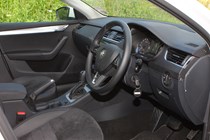

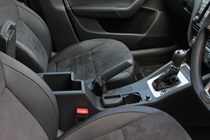
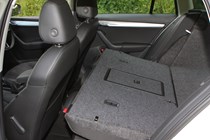
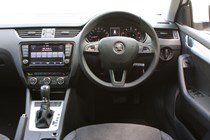


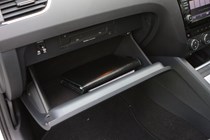
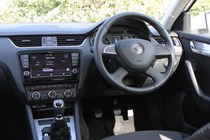
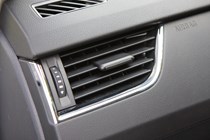
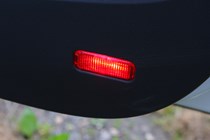
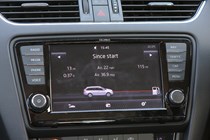



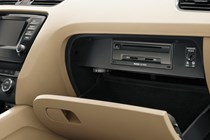
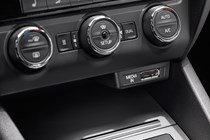







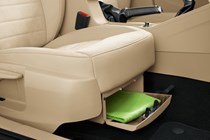
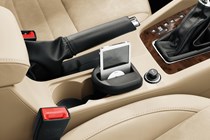
.jpg)
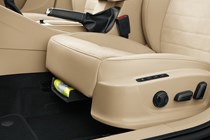
.jpg)
.jpg)
.jpg)
.jpg)
.jpg)
.jpg)
.jpg)
.jpg)

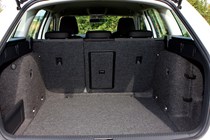


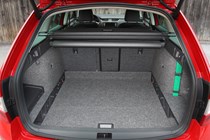
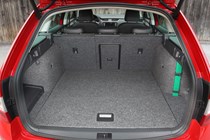

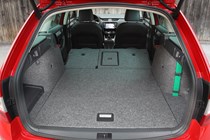
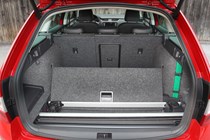
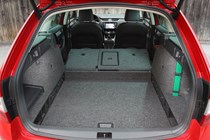
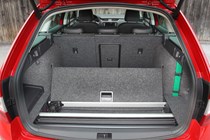
.jpg)
.jpg)
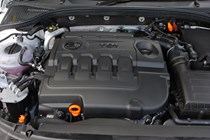

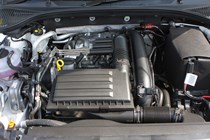
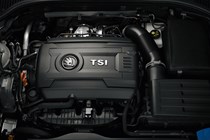
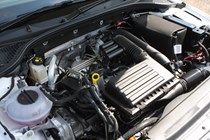
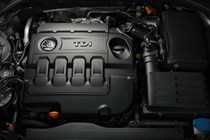
.jpg)
.jpg)

























.jpg?quality=50)
.jpg?quality=50)
.jpg?quality=50)
.jpg?quality=50)
.jpg?quality=50)
.jpg?quality=50)
.jpg?quality=50)


























.jpg?quality=50)
.jpg?quality=50)
.jpg?quality=50)
.jpg?quality=50)
.jpg?quality=50)































.jpg?quality=50)

.jpg?quality=50)
.jpg?quality=50)
.jpg?quality=50)
.jpg?quality=50)
.jpg?quality=50)
.jpg?quality=50)
.jpg?quality=50)
.jpg?quality=50)











.jpg?quality=50)
.jpg?quality=50)






.jpg?quality=50)
.jpg?quality=50)